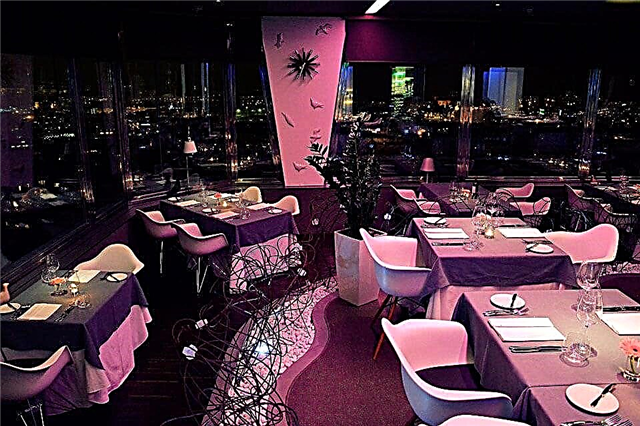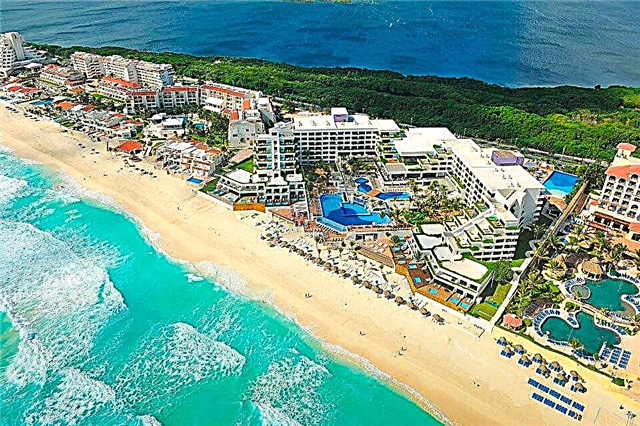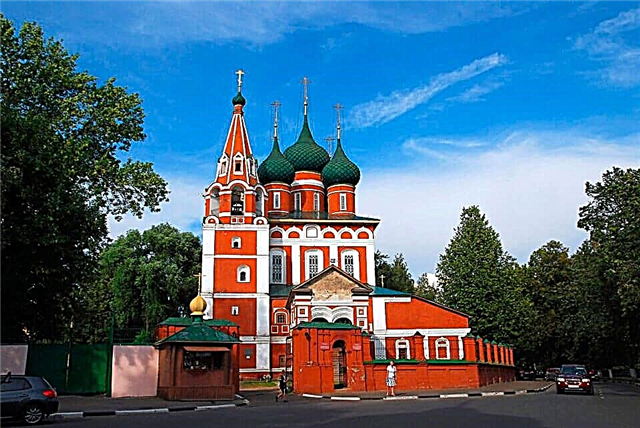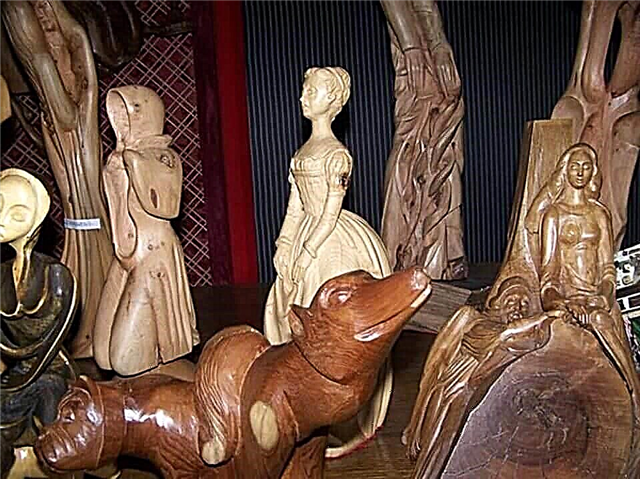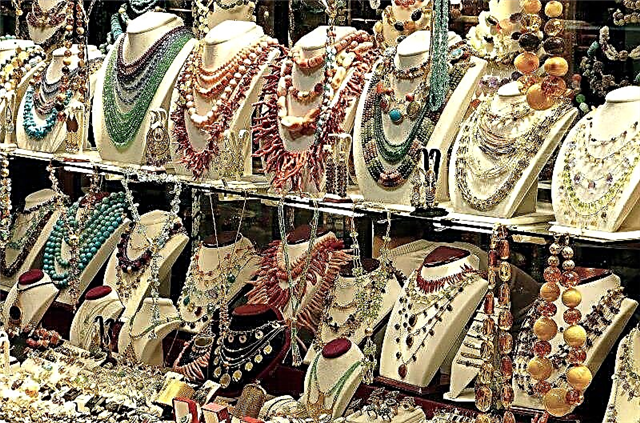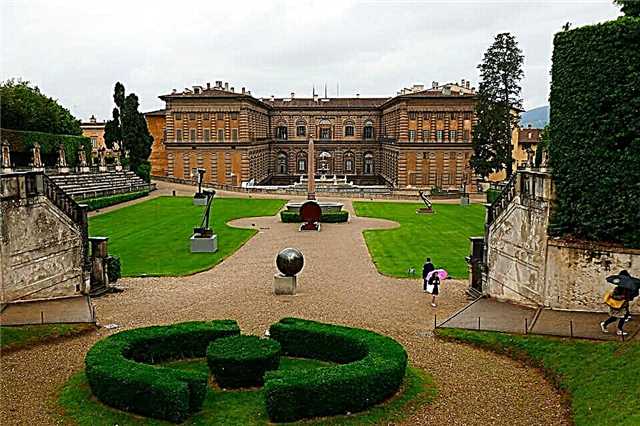The Boboli Gardens are considered one of the most popular places in Florence. Founded in the 16th century by the Medici dynasty, they combined the art of the Italian Renaissance and the unique nature of Tuscany. Numerous ponds with islets, fountains with water lilies, old buildings and grottoes make the garden and park area a wonderful place for walking. The Boboli Gardens in Florence is a brilliant example of an Italian-style park, and a huge collection of Roman and Florentine sculptures from the 16th and 17th centuries make it an open-air museum.
History of creation
The history of the Boboli Gardens begins in 1550, when the powerful Duke Cosimo I de Medici acquired the unfinished palace and the adjacent territory from the Florentine merchant Luca Pitti. Simultaneously with the expansion of their possessions, the Medici improved the hilly area around the new residence, turning it into a palace and park ensemble. The park, created on this land by the court architect and gardener Niccolo Tribolo, has become the "green architecture" of Florence. During its prosperous years, the Medici organized lavish feasts in the Boboli gardens and enjoyed its magnificent landscapes.
The palace and park were the seat of the Grand Dukes until the death of their last representative in 1743, and then became the property of the Austrian Loren family. After the proclamation of the United Kingdom of Italy and the transfer of the capital to Florence (1865-1871), King Victor Emmanuel II and the House of Savoy became the official owners of the gardens. The park is now state-owned and boasts immaculate lawns, clean ponds and trimmed shrubs.
Location and features of the park

The Florentine Boboli Garden is located on the territory of the hill of the same name behind the Pitti Palace and covers an area of 4.5 hectares. The well-groomed area is divided by gravel paths into numerous areas to visit. Green lawns and ponds are surrounded by natural stone borders, decorated with unique statues and fountains. The highest point of the park hill offers a wonderful panoramic view of the entire city.
Gardens today
Today, the Boboli Gardens are a favorite vacation spot for the townspeople and attract thousands of tourists every year. The journey through the garden begins from the building of the stone amphitheater, its semicircular platform is decorated with an obelisk - an Egyptian artifact brought from Luxor to Rome and subsequently delivered to the residence of the Medici dukes. On the lawn in front of the amphitheater, receptions were held for important persons and the world's first opera performances were staged.
The main park alley, consisting of relict cypress trees, leads visitors to the Neptune Fountain, which is located in the center of an artificial pond and recreates a wet rock surface with a sea king on top. In the sculptural composition, Neptune holds the trident with the point down, so the townspeople called this figure a fountain with a fork. In a shady corner of the garden, a marble figure of a fat dwarf riding a huge turtle is visible - this is the image of the court jester Pietro Barbie, who once lived at the Medici court. In the distant area of the park, a man-made reservoir was built with an isolated island in the middle.
The island's paths are decorated with boxwood, potted plants, the Ocean Fountain and the statue of Poseidon, by the architect Giambologna. On one of the garden terraces, there is a coffee house built in the 18th century, where you can still order a cup of aromatic drink. There are two unusual stone hemispheres in the park - these are old refrigerators for storing meat products. On the upper level of the park area, there is a fragrant Knight's Garden with a rose garden and peony bushes. The garden conservatory houses one of the world's largest collections of citrus plants, while small buildings display an exhibition of unique porcelain from the 16th-19th centuries and a collection of antique costumes with over 600 items of clothing.
Grottoes

Special attention should be paid to the park grottoes, which served as cool and secluded places for the Medici family and their guests. The famous Buontalenti grotto is a pearl of the Mannerist style of the late 16th century. Its construction was started by the architect Giorgio Vasari and completed by the court architect Bernardo Buontalenti. Made in the form of a stalactite cave, decorated with frescoes, natural stones, shells and pebbles, the grotto amazes with its magnificence.
To preserve the unique structure of the monument, access to the grotto is allowed only when accompanied by authorized employees of the park. The next Madame grotto is made of artificial stone with a spongy structure. The marble floor of the building houses sculptures of animals and an oval pool with cherubs. Grotto Adam and Eve - a stone depression, decorated with a composition with frescoes and sculptures of Adam and Eve.
Opening hours and ticket prices
Boboli Gardens receive visitors every day, except Mondays and official holidays January 1 New Year, May 1 Labor Day and December 25
Catholic Christmas.
Park opening hours:
- from November to February - from 8:15 to 16:30
- March - from 8:15 to 17:30
- April, May, September, October - from 8:15 am to 6:30 pm
- June to August - from 8:15 am to 7:30 pm
The cost of tickets is:
- from 1.03 to 31.10 - 10 euros
- from 1.11 to 28.02 - 6 euros
- 1st Sunday of the month - free admission for all visitors
Discounts for buying tickets by age or by other indicators apply only to citizens of the European Union. You can enter the gardens through the ticket offices of the Belvedere Fortress, Pitti Palace, Via Romana and Porta Romana. Ticket offices close one hour before the end of the park zone. Purchased tickets include a visit to the Boboli Gardens, a tour of the porcelain exhibition and the costume museum.
Where are they and how to get there

The Boboli Gardens are located in Florence and are located at Piazza Pitti 1, 50125 Firenze FI, Italia.
You can get to the gardens by city public transport by the following buses:
- # 1 - to the Pitti Palace
- No. 37, 38, 42 - to Petrarka street
- No. 12, 13, 36 - to Porta Romana street

